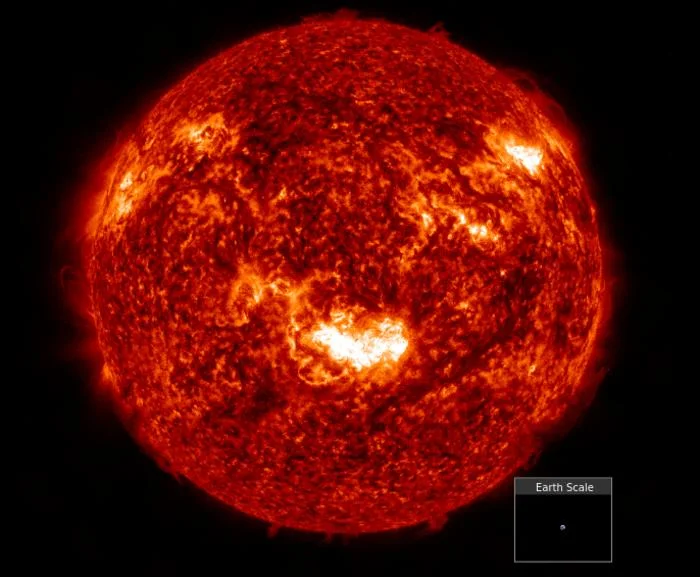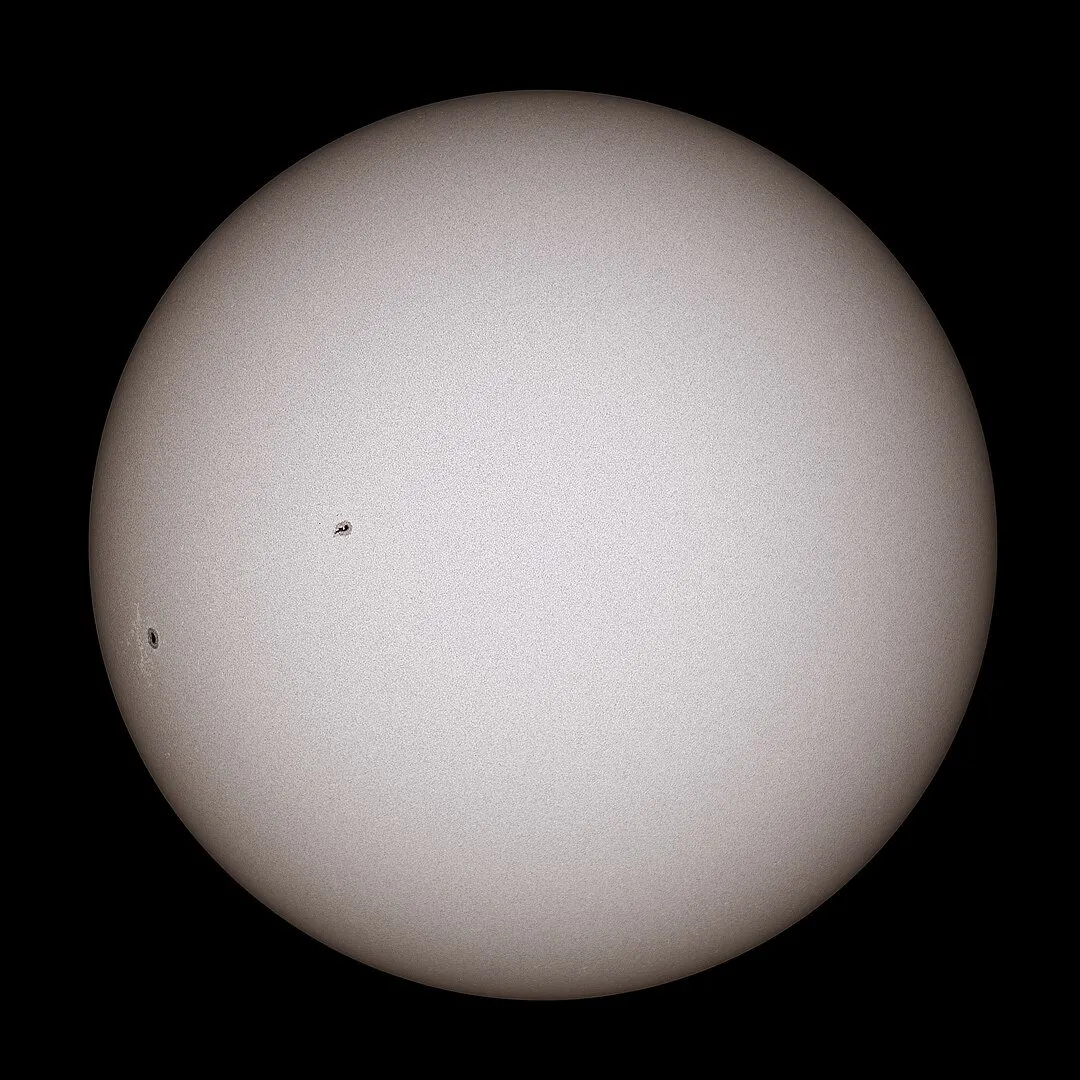
One Year Later: The Gannon Storm – What We’ve Learned from the Most Powerful Solar Event in Decades
A year ago, the Earth experienced the most powerful solar storm in decades, dubbed the Gannon storm. This event, a G5-level geomagnetic storm, not only lit up skies with spectacular auroras visible in regions where they're rarely seen but also provided invaluable insights into our planet's vulnerability to solar weather. Let's delve into what we've discovered since that unprecedented event.
The Sun, a massive sphere of plasma, constantly emits energy, some of which reaches Earth in the form of solar storms. These storms, originating as solar flares or coronal mass ejections (CMEs), can disrupt our planet's magnetic field, leading to geomagnetic disturbances. The Gannon storm, named after space weather physicist Jennifer Gannon, served as a real-world stress test of our response capabilities.

The storm's impact was widespread. High-voltage lines tripped and transformers overheated in the US, while GPS-guided tractors went haywire. In the air, flights rerouted to avoid increased radiation risks. The thermosphere was heated dramatically, causing the atmosphere to expand, which in turn increased drag on satellites. Some satellites lost altitude, while others required increased power to stay in orbit.
“Not all farms were affected, but those that were lost on average about $17,000 per farm,” stated Terry Griffin, a professor of Agricultural Economics at Kansas State University, highlighting the economic repercussions of disruptions to GPS systems used in farming.
One of the most visually stunning effects was the appearance of auroras in unusual locations. Rare global auroral displays were reported globally, with over 6,000 sightings and 55 countries. In Japan, magenta auroras puzzled scientists, who later discovered they were occurring at an unusually high altitude of approximately 600 miles above Earth.

The Gannon storm's effects weren't limited to Earth. On Mars, NASA's MAVEN spacecraft observed auroras, while the Curiosity rover recorded its highest-ever radiation spike, offering valuable data on the effects of solar events on other planets.
According to NASA, Shawn Dahl from NOAA's SWPC stated that the general public should understand that a power blackout could occur with future storms of greater magnitude and that news and media were becoming more knowledgeable in emergency management authorities.
The Gannon storm, despite not causing catastrophic damage, served as a crucial learning experience. It underscored the need for continued investment in space weather monitoring and prediction, as well as the importance of protecting our infrastructure against future solar storms. The event also spurred NASA and NOAA to improve coordination and early warning systems. Forecasters at NOAA's SWPC were praised for providing early warnings to power companies and other utilities, allowing them to take precautions that helped prevent a potentially catastrophic cascading electric failure.
As NASA scientists continue to analyze the vast amount of data collected during the Gannon storm, we can expect even more revelations about the Sun's impact on Space Weather. The Gannon storm highlighted both the beauty and the vulnerability of life under the influence of our local star.
What do you think is the most important lesson learned from the Gannon storm? Share your thoughts in the comments below!